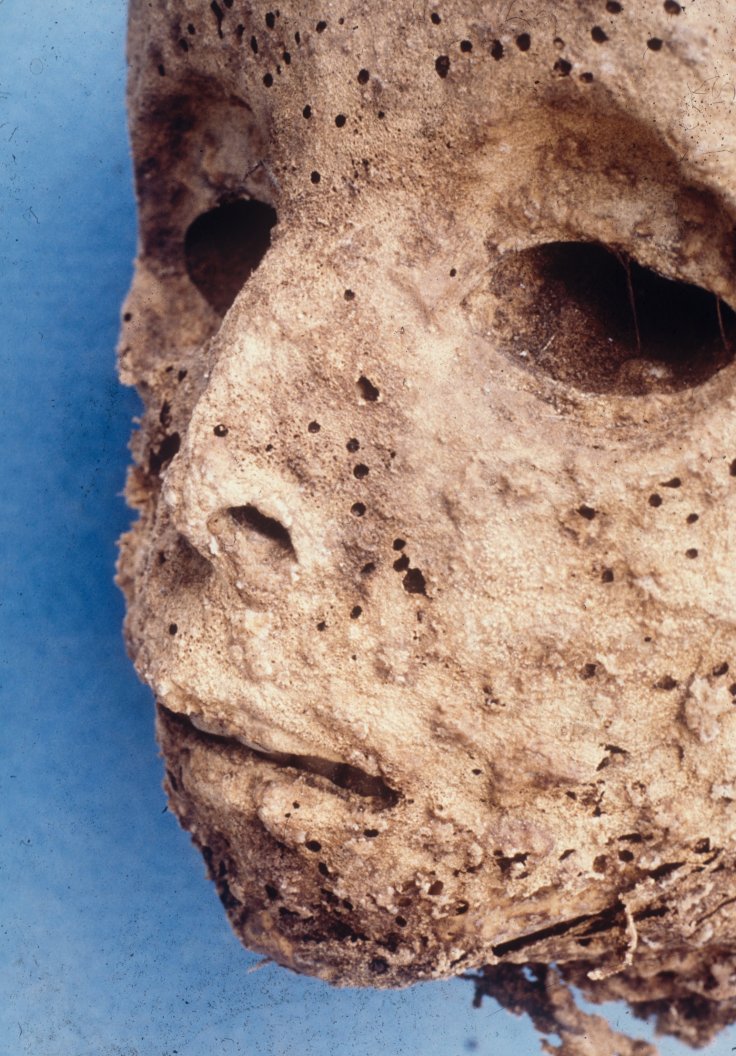A team of scientists has sequenced the complete genome of an ancient strain of the Hepatitis B virus (HBV), shedding new light on a pervasive, complex and deadly pathogen that today kills nearly one million people every year. While little is known about its evolutionary history and origin, the findings confirm the idea that HBV has existed in humans for centuries.
The mummy had been examined by researchers before albeit not with DNA testing who came to the conclusion that the child had been infected with smallpox, the oldest evidence of the disease in medieval remains.
Using advanced sequencing techniques, researchers now suggest otherwise the child was actually infected by HBV. Interestingly, children infected with HBV infections can develop a facial rash, known as Gianotti Crosti syndrome. This may have been misidentified as smallpox and illustrates the trickiness of identifying infectious disease in the past.
New findings, published in the journal PLOS Pathogens, suggest that the child was actually infected by HBV, shedding light on the evolution of the disease.
Source: PLOS Pathogens, McMaster University, phys.org
